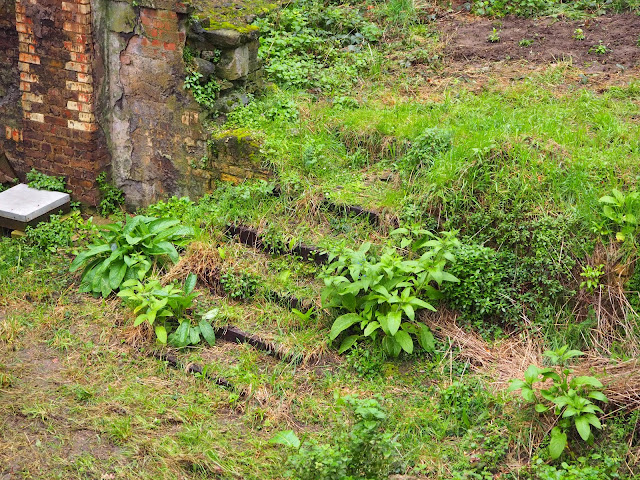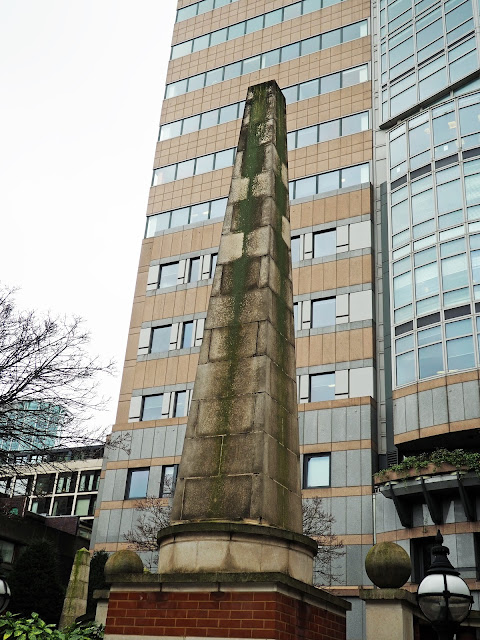‘To perceive differences within the homogenous elements of the cultivated and inhabited urban landscape, I eschewed the common means of transportation, the automobile, and explored the entire area on foot … I closely engaged with people of different ages, occupations, social positions, and origins, I gathered oral narratives from people who seemed reliable and whom I encountered on my walks in different neighborhoods.’
These are the words of Anton Wagner, writing about his explorations of Los Angeles in the 1930s.
Until about three days ago I would have said I’d never heard of Anton Wagner. He was a German geographer, who as a result of his LA explorations published a book in 1935, titled Los Angeles: Werden, Leben und Gestalt der Zweimillionenstadt in Südkalifornien, only now translated into English as Los Angeles: The Development, Life, and Structure of the City of Two Million in Southern California.
I’ve only heard of Wagner now because I read about the book in the Los Angeles Review of Architecture, in a piece by Namik Mackic. The book’s published by the Getty Research Institute and It costs 60 quid in paperback, so reviews are as close as I’m likely to get. It looks like this:
The publisher’s blurb says ‘Although widely reviewed upon its initial publication, his (Wagner’s) book was largely forgotten until reintroduced by architectural historian Reyner Banham in his 1971 classic Los Angeles: The Architecture of Four Ecologies.’ This was news to me, and I like to think I know that book reasonably well.
So I dug out my copy, the Pelican edition, and there’s one citation for Anton Wagner in the index – page 230 - but when you look at that page his name doesn’t appear. Only by going to Banham’s last chapter titled ‘Towards A Drive-In Bibliography’ will you find a mention of Wagner, which reads in part, ‘The only comprehensive view of Los Angeles as a built environment … The result is one of the few works of urban exploration that comes within sight of Rasmussen’s London: the Unique City, ’ – a book I’m pretty sure I own a copy of, though I’m damned if I can find it at the moment.
Anton Wagner, it seems, was something of a photographer and the California Historical Society has digitised a large number of his photographs. He doesn’t appear in any of the histories of photography I’ve consulted, so I don’t know what kind of methodology or indeed camera he used, but the pictures are terrific. They show a city that’s occasionally familiar but mostly alien, a city coming into being. Many of the photographs take a broad, distant, sometimes god-like look at Los Angeles, long and broad views, very few of them taken from ground level.
Now, if you’re a walker in Los Angeles, as I was for 15 years or so, you tend to meet other walkers, but I’m not sure that Wagner did. There are remarkably few people in the pictures, even fewer people you can easily identify as walkers, which make the few who appear all the more intriguing, such as these people you can just about make out walking in, or through, Pershing Square.
ldest oil derricks, Mexican neighborhood









































